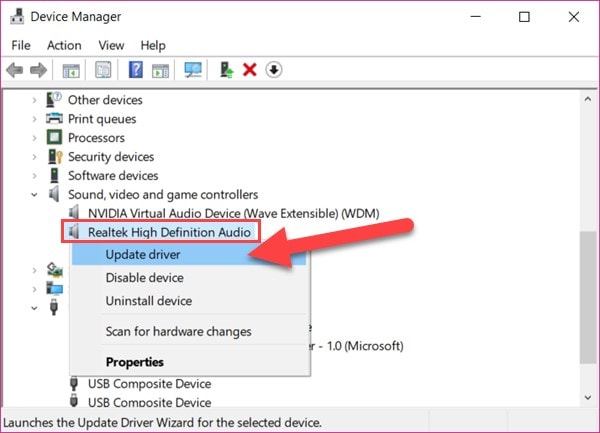

In Twitter, click on your profile image on the top right and go to Settings. who can view it, you must disconnect the app then reconnect it in the app itself. If you just want to change the permissions, i.e. Hit edit to see visibility and disconnect apps. Some may have a status saying they are disconnected, which means you’ve either deleted the app or it no longer exists. Now scroll down to “manage apps & activity” and click the link that says “Manage apps and +1’s on posts.” Here you’ll find a list of apps logged in with Google+. On Google+, click on settings, then find the link that says “switch to classic Google+.” For some reason, app permissions are missing from the newer version. At the very bottom of this pop up, you can often find external links to an app’s privacy policy and terms of use.

Below that, Facebook has a “learn more” section where you can even get your app user ID to contact the developer in case you want your data removed from its servers. Clicking on an app will also let you choose whether or not to allow notifications. Hover over any app to delete it or edit permissions and visibility. On Facebook, click the drop down menu in the top right corner and click Settings. App controlĪll four major login providers allow you to review and revoke the apps that are connected to your accounts. We took a deeper look into Facebook, Twitter, Google+ and LinkedIn social logins to find out which offers the best privacy. Privacy then comes down to what data third-party apps and websites can access, who can see that data, and how well you the user can control those apps and websites. One website tells the other, “He is who he says he is, and here’s the info you asked for.”Īll four of the major social networks we examined use some combination of OAuth and OpenID, so the underlying protocol for each is pretty much the same. OAuth typically requires authentication prior to authorization, so it’s frequently used in tandem with OpenID. Whenever you sign up for a messaging app, it may ask permission to retrieve your Facebook friends to help you connect with more people. OAuth goes a bit deeper and is used to grant third-party websites and apps permission to access information on another social network or website. In short, authentication means one website telling another website, “He is who he says he is.”
WINDOWS 10 NO SOUND IN LINEIN REGISTRATION
OpenID allows me to bypass traditional registration and authenticate my identity with login credentials from another website that I’m already registered on, such as Google+ and Facebook.
WINDOWS 10 NO SOUND IN LINEIN PASSWORD
I don’t want to fill out a registration form or memorize another password to post a comment on a blog post.

OpenID is used for logging in and creating accounts on external websites. It’s easy to mix the two up (I know I do), so here are a couple examples. OpenID is used for authentication while OAuth is used for authorization. To begin, understand that almost all social login mechanisms use the same open source protocols: OAuth, OpenID, or a combination of the two. But which social network offers the most private login, and which gives users the most control over their apps and permissions? OAuth and OpenID People tend to prefer social login options because they don’t have to fill out a registration form or memorize another password. Apple’s Touch ID, a newcomer in the social login battle, looks like it could potentially disrupt the market but is still in a nascent stage. Yahoo is also in the lineup alongside Twitter, but appears to be tanking fast. It’s followed by Google+, Twitter, and LinkedIn, in that order. As of the beginning of 2015, Facebook leads the social login race with 61 percent market share, according to Gigya. The issue raises some questions: Should you be logging in to apps and services on the web using Facebook at all? What about the other social media login options? Do they fare any better?įour out of five internet users dislike traditional registration forms, and 73 percent prefer to log in with their social media accounts, says LoginRadius. Our previous article on privacy issues regarding Facebook quizzes drew a lot of attention from readers concerned about what private information they’re giving up when they authorize an app with Facebook.


 0 kommentar(er)
0 kommentar(er)
